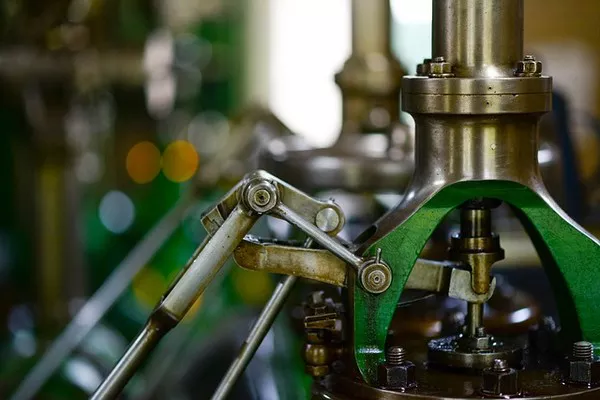RocketStar, an innovative aerospace company, has developed a groundbreaking fusion-enhanced plasma thruster system that promises to transform space propulsion technology. This cutting-edge technology, known as the FireStar Fusion Drive, holds the potential to revolutionize interplanetary travel by offering efficient and sustainable propulsion for spacecraft once they have escaped Earth’s gravitational pull.
The conventional approach to launching spacecraft involves chemically fueled rocket motors that rapidly exhaust all their fuel during the ascent to overcome Earth’s gravity. However, once in outer space, a different strategy is required. Instead of generating massive thrust for a short duration, spacecraft benefit from sustained, lower-thrust propulsion over extended periods. This type of propulsion is crucial for maintaining orbits, adjusting satellite attitudes, and achieving interplanetary travel.
Plasma Thruster: Harnessing Water Vapor for Propulsion
RocketStar’s plasma thruster system utilizes water vapor to generate a usable amount of thrust in space. This propulsion technology is particularly advantageous for primary propulsion, attitude control, and orbit maintenance of small satellites, such as cube satellites, in Earth’s orbit.
The operation of the plasma thruster involves channeling water vapor into a chamber under pressure. Inside the chamber, an electric spark transforms the vapor into plasma, separating it into positive ions and negative electrons. The system features two exhaust ports equipped with high-voltage electrodes—one port for extracting positive ions and the other for managing electrons.
Fusion-Enhanced Performance: Introducing Boron Injection
Recent advancements by RocketStar have led to a significant enhancement in the plasma thruster’s performance through the introduction of boron into the exhaust stream. The positive ions created by the plasma thruster collide with boron nuclei, triggering a unique form of aneutronic fusion. This fusion reaction results in the conversion of boron into high-energy carbon, subsequently decaying into alpha particles and gamma radiation.
The fusion reaction, characterized by the production of alpha particles and gamma rays, boosts the thruster’s thrust by up to 50%, analogous to an afterburner in jet engines. The success of this fusion-enhanced propulsion has been independently verified by Georgia Tech’s High Power Electric Propulsion Laboratory (HPEPL).
Deployment and Future Prospects
RocketStar’s plasma thruster technology, including the FireStar Fusion Drive, is currently available for deployment on cube satellites. The M1.4 thruster, compactly designed and highly efficient, is set to undergo in-space testing aboard Rogue Space System’s Barry-2 spacecraft in February 2025. This significant milestone follows earlier demonstrations as hosted payloads on D-Orbit’s satellite carriers launched by SpaceX.
The successful implementation of these plasma thrusters in Earth orbit represents a critical step towards the future of space exploration. Larger-scale versions of these thrusters hold the promise of propelling humanity towards the planets and beyond, marking a transformative era in space propulsion technology.
RocketStar’s fusion-enhanced plasma thruster system exemplifies the company’s commitment to pushing the boundaries of innovation and enabling new frontiers in space exploration and transportation.

